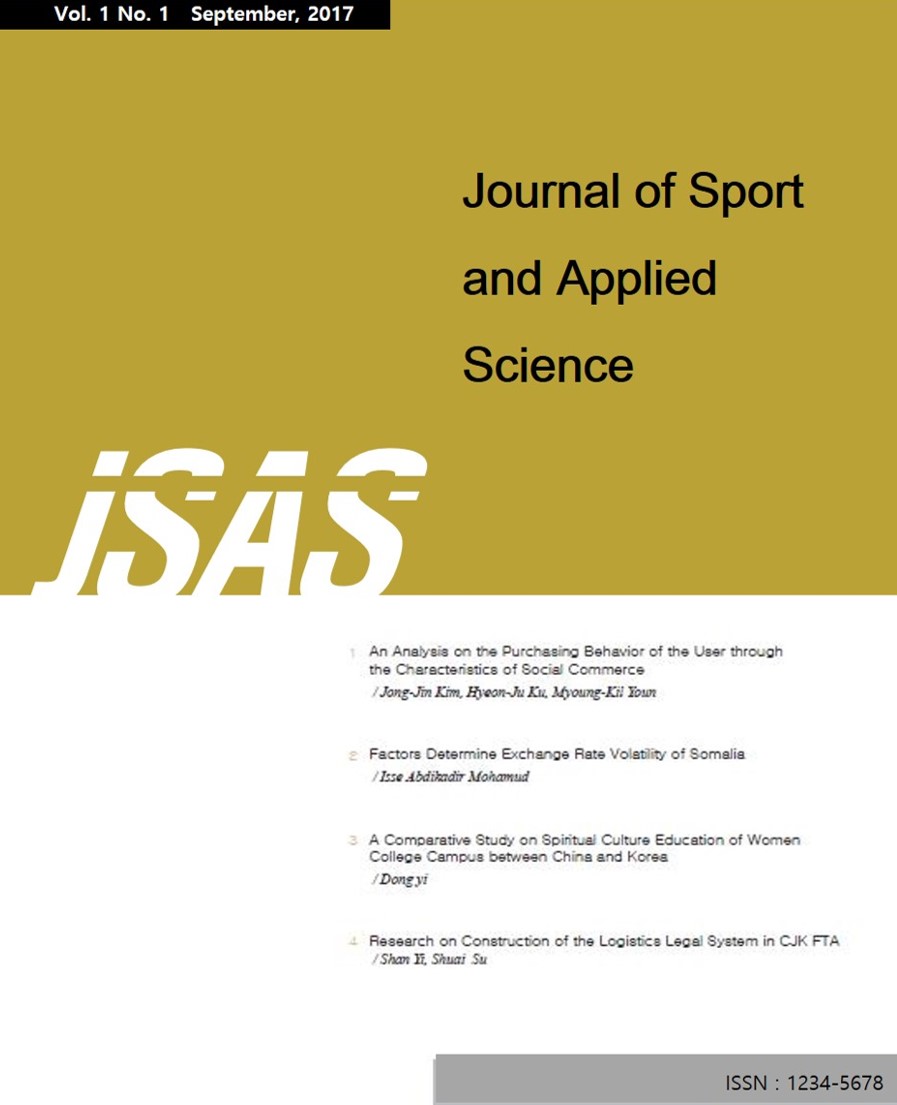 E-ISSN : 2586-6028
E-ISSN : 2586-6028
Duk Chan JANG
Sangbum PARK
Abstract
Purpose: The purpose of this study was to investigate the possibility of modified swing to prevent shoulder injury by analyzing differences in the muscle activation patterns of upper limb by the swing method in wheelchair badminton players. Research design, data, and methodology: 10 wheelchair badminton players participated in the experiment as subjects and performed 10 high clears and 10 smashes in both traditional and modified swing methods toward a shuttlecock hung at the height of racket impact point. For each trial, activation patterns of biceps brachii, triceps brachii, anterior deltoid, and posterior deltoid were measured from the upper limb participating in the swing from which the duration, peak, and root mean square (RMS) of electromyography (EMG) activities from swing initiation to shuttle impact were calculated. The maximum swing velocity of the smash and the distance of the high clear were also measured with both methods to compare differences in the swing velocity and shuttle hit distance. Results: Differences in the EMG peak and RMS of the anterior deltoid by swing methods were shown to differ by the skill type, being higher in the traditional swing method than the modified during only the high clear. The EMG peak and RMS, and the duration of the posterior deltoid were higher and longer with the traditional swing method than the modified during both the smash and high clear. The intensities of the biceps brachii and triceps brachii activities measured during the smash and high clear were higher in the traditional swing method than the modified, and the biceps brachii and triceps activity durations during the high clear were shorter in the modified swing method than the traditional. The maximum swing velocity of the smash was faster with the traditional swing method than the modified, while the distance of the high clear did not differ significantly. Conclusions: These results suggest that the modified swing can be an effective performance method for preventing shoulder injuries without undue loss of impact power in wheelchair badminton players by reducing excessive loads imposed on the shoulder and allowing the optimal use of the elbow extension.
- keywords
- Wheelchiar badminton, Shoulder injury, Modified swing, EMG
- Downloaded
- Viewed
- 0KCI Citations
- 0WOS Citations













